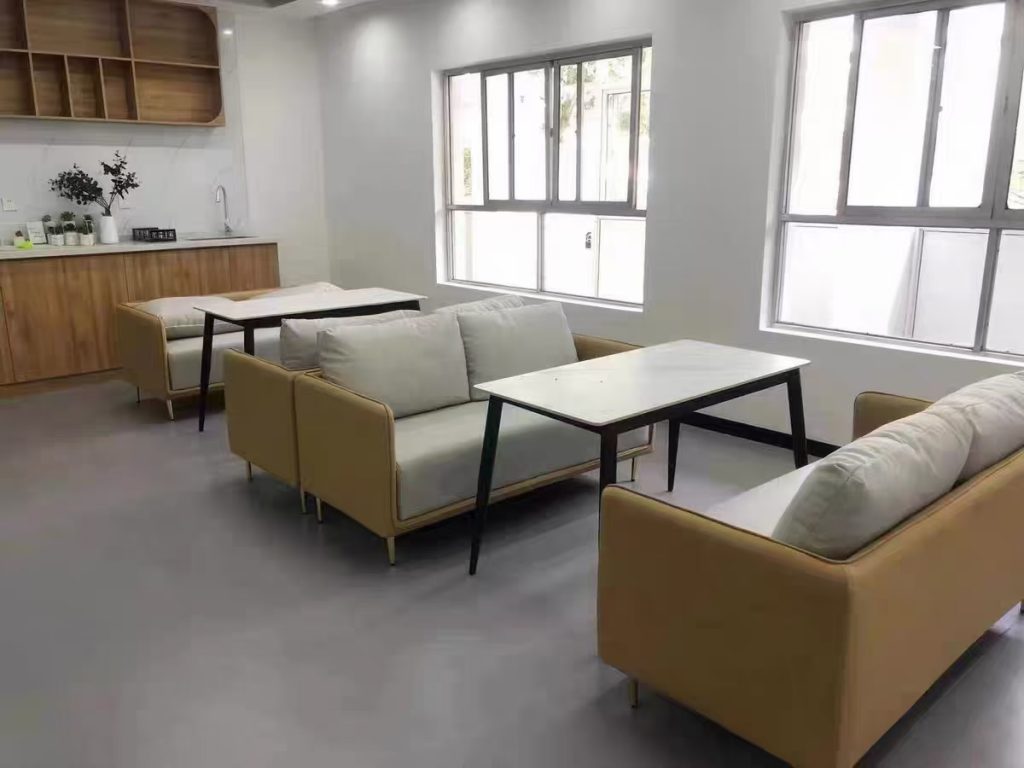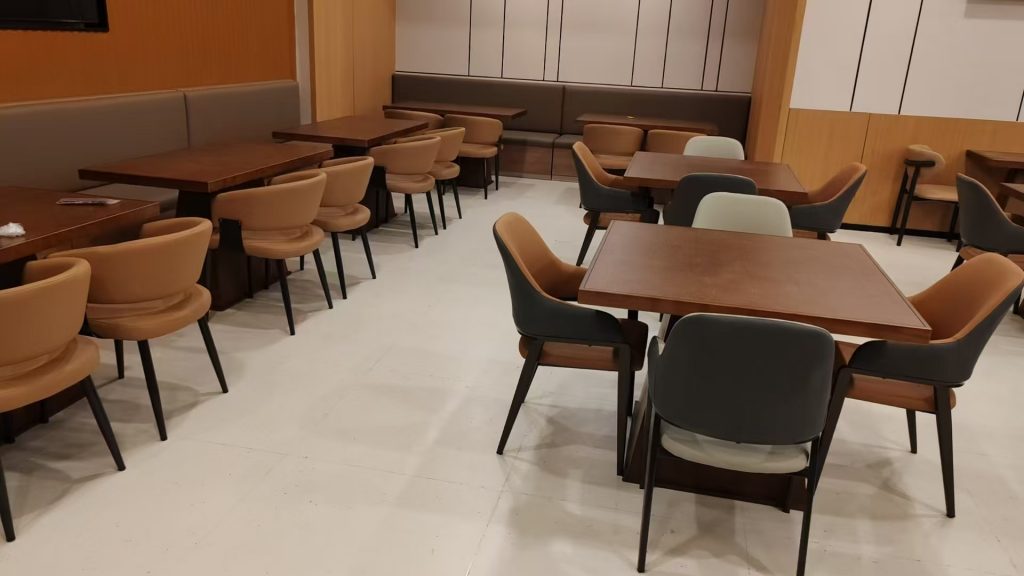The fusion of virtual reality (VR) and furniture design is transforming how brands and consumers conceptualize, customize, and bring furniture to life. For furniture factories, VR design services offer a competitive edge by streamlining workflows, reducing material waste, and empowering clients with immersive, real-time creativity. This article explores how VR is reshaping furniture design, its transformative benefits, and how forward-thinking factories can leverage this technology to lead the industry.
—
H1: The Power of VR in Furniture Design
VR furniture design services leverage immersive 3D environments to simulate, refine, and validate concepts before physical production. By bridging the gap between imagination and execution, VR addresses key challenges in the industry:
– Reduced Prototyping Costs: Eliminate physical samples with real-time edits.
– Enhanced Collaboration: Global teams and clients interact with designs in a shared virtual space.
– Sustainability: Optimize material usage and minimize waste through predictive modeling.
For factories, VR bridges artistry and precision, enabling bold innovation while maintaining scalability.
—
H2: Key Benefits of VR Furniture Design Services
1. Unparalleled Customization
– Real-Time Adjustments: Clients tweak dimensions, materials, and finishes via intuitive VR interfaces.
– 360° Visualization: Explore how pieces fit in a room, including lighting and texture interactions.
– Complex Geometry: Design organic shapes (e.g., sculptural shelving) that challenge traditional manufacturing.
2. Faster Time-to-Market
– Rapid Iteration: Test iterations in hours instead of weeks.
– Virtual Showrooms: Launch collections digitally, reducing physical retail dependency.
3. Sustainable Innovation
– Waste Reduction: Simulate production runs to optimize material cuts and reduce offcuts.
– Circular Design: Model modular, repairable furniture with VR-assisted lifecycle analysis.
4. Enhanced Client Engagement
– Virtual Staging: Place furniture in real-world settings (e.g., a client’s living room) for informed decisions.
– Educational Demos: Showcase craftsmanship and structural integrity through interactive VR breakdowns.
—
H2: Applications Across Industries
Residential Customization
– Bespoke Kitchens: Clients adjust cabinetry layouts and hardware in VR, ensuring perfect fit.
– Luxury Furniture: Design limited-edition pieces with intricate detailing, validated virtually.
Commercial Partnerships
– Hotels & Hospitality: Create branded room sets with VR, aligning with guest experience goals.
– Office Design: Collaborate with enterprises to prototype ergonomic, space-efficient workstations.
Architectural Integration
– Custom Partitions: Integrate furniture into building designs using VR spatial planning.
– Lighting Design: Simulate ambient lighting effects with VR-rendered material properties.
—
H2: How VR Services Work
1. Conceptualization: Clients input requirements (style, dimensions, budget) into VR software.
2. 3D Modeling: Designers craft a virtual prototype, adjusting materials and ergonomics.
3. Collaboration: Stakeholders review, modify, and approve designs in real time.
4. Production Prep: VR models are converted into CNC-compatible files, minimizing setup time.
—
H2: Trends Shaping VR Furniture Design
1. AI-Powered VR
– Algorithms suggest design tweaks based on user preferences or trending styles.
– Predictive analytics optimize material costs and lead times.
2. AR/VR Hybrid Workflows
– Augmented reality (AR) overlays virtual furniture into physical spaces via smartphones, aiding client visualization.
3. Blockchain Integration
– Securely track design iterations, material sources, and ownership history in VR platforms.
4. Metaverse Showrooms
– Persistent virtual spaces where clients explore collections and interact with designers globally.
—
H2: Challenges & Solutions
H3: High Initial Investment
– Solution: Offer scalable VR tiers (basic to enterprise-level) to suit budget constraints.
H3: Technical Learning Curve
– Solution: Provide training tools and intuitive interfaces for non-technical users.
H3: Hardware Limitations
– Solution: Partner with VR hardware providers to bundle devices with service packages.
—
H2: Case Studies
Case 1: Luxury Hotel Chain
– Challenge: Design cohesive room sets across 50 locations.
– VR Solution: Collaborated remotely in VR to finalize modular furniture, reducing travel costs by 70%.
Case 2: Eco-Conscious Startup
– Challenge: Minimize waste for zero-waste production.
– VR Solution: Simulated material cuts saved 1.2 tons of lumber in the first year.
—
H2: The Future of VR in Furniture Manufacturing
– Haptic Feedback: Gloves that let designers “feel” textures in VR.
– AI Co-Pilots: Generative design tools that create hundreds of VR concepts in minutes.
– Sustainability Certifications: VR dashboards tracking carbon footprints per design.
—
Conclusion: Building Tomorrow’s Furniture Today
VR furniture design services are redefining creativity, efficiency, and sustainability in an industry ripe for disruption. By adopting VR, factories can attract tech-savvy clients, reduce operational waste, and deliver bespoke solutions at scale.
Ready to transform how you design and build? Embrace VR to turn abstract ideas into tangible masterpieces—while future-proofing your business
Article link:https://www.vlefooena.com/manufacturer/4361/




No reply content